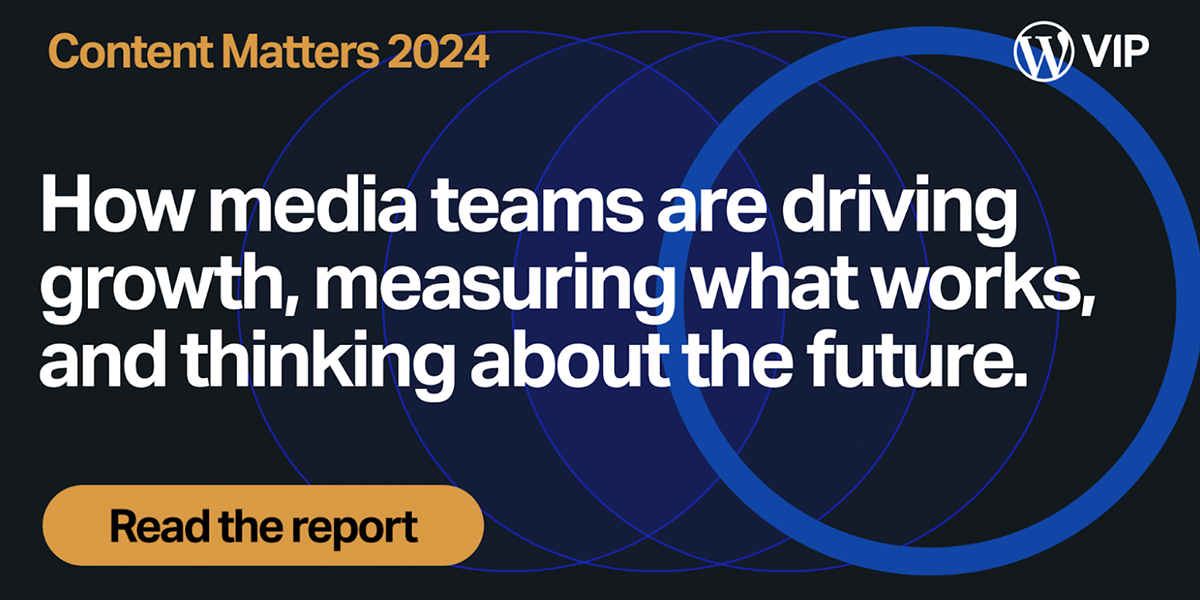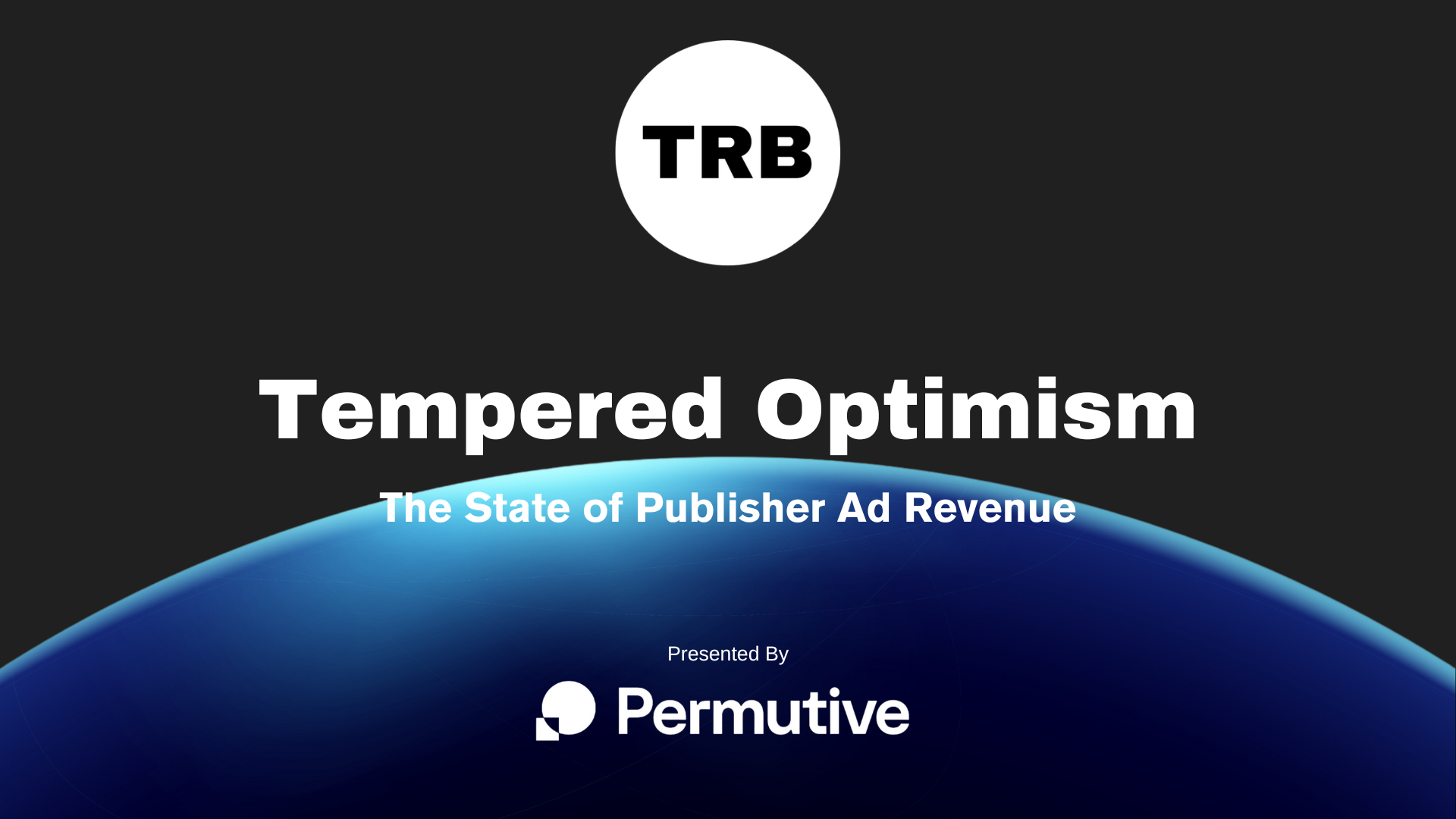Retail media rising

On July 17 from 1:30-2:30pmET, The Rebooting is holding its next online forum. We are collaborating with Omeda for an interactive session on new audience strategies in a time of flux, to put it mildly, in traffic patters. I’ll be joined by Omeda president James Capo and The Guardian’s svp of audience, Emilie Harkin. Among the topics we’ll explore:
- The new skills publishers need to master in audience development
- Getting around roadblocks in talent, technology, or workflows
- What the modern audience function looks like
This week, I’m kicking off an exploration into retail media and how it will intersect with publishing businesses. The growth of retail media has been astounding, and some of that is definitional and a lot of retail media is just digital versions of shelf-takers, but the money flooding into it is coming from somewhere. Plus: A conversation with Hearst CRO Lisa Ryan and svp of ad products Jennifer Dorre about how the magazine publisher is adapting to offer its own version of retail media.


Venture capital firm Savage Ventures invests in, acquires, and operates high-growth digital-first businesses. Three of their media brands—Outdoors.com, AmericanSongwriter.com, and Rare.Us—use WordPress VIP Content Management and Content Analytics by Parse.ly as the foundation for their digital business. We spoke with CFO David Webb and their Tech Lead Mervin Hernandez about why they choose WordPress VIP. Read how Savage Ventures did it using content analytics from WordPress VIP.
The retail media conundrum
The first experience of many in Cannes was seeing an invitation from Uber to visit the Uber villa. It popped up in the app when you opened it at Nice airport. Uber already has an ad business on pace to do $650 million this year, and it plans to become a $1 billion ad business in the near future.
It joins the ranks of many non-content media companies that are becoming major advertising players. Advertising remains a high margin business, particularly attractive for retailers. I used to track how seriously Amazon treated advertising by its prominence in Jeff Bezos’s annual letter. It was mired as a bullet point with the Treasure Truck for years. Now it’s nearing a $50 billion business. Walmart expects advertising to account for 13% of profits by 2026. The sector is being flooded with new entrants, including most recently Costco, which has deep shopping data on nearly 75 million U.S. households.
The advantage retailers have is a stronger intent signal. Google created what is often called the world’s best moneymaking machine because of its position at the commanding heights of information flows, but mainly because it harnessed specific intent through search terms. Retail media offers a similar proposition with people’s shopping behavior. Critically, at at a time of signal loss that is more troublesome in attribution than targeting, retailers offer a handy way of proving they drive sales.
The result: Retail media is the fastest growing ad channel, according to GroupM, representing 15% of ad spending this year, its share up tenfold from 2014. By 2029, GroupM anticipates retail media will be a $229 billion business.
This tremendous growth represents several important trends:
- Advertising and commerce are blurring. Businesses just want to buy customers, not tell stories.
- Receipts matter. Hanging around the hoop (the sale) is always a solid strategy.
- Commerce data is gold. Contextual data has always been an imperfect proxy.
For publishers, this represents a threat and opportunity. These budget shifts are not all coming from retail marketing budgets. After all, while retail media is booming, advertising on publishing content is not. News publishers are left to plead for “support” from risk-averse brands that like to talk on panels like social workers but will drop the purpose in a hot minute if presented with some closed-loop attribution.
The opportunity for publishers is to partner with these retail media networks for access to publisher inventory. Contextual data might not be as valued as commerce data, but it matters. As do brands. Publishers can also, as Hearst has done, offer their own ad products that mimic retail media by tapping into the transaction data many publishers now have through their nascent commerce operations. This kind of “decentralized retail media,” as Mike McNerny calls it at Martech Record, could represent the next step for publishers that have mostly operated as affiliate brokers.
Optimism for H2?

The general tenor of my recent discussions with publishing leaders in Cannes was that Q1 was good, Q2 wasn’t, and there are good signs for the second half of the year picking up. This tracks with the recent state of digital advertising report The Rebooting did in collaboration with Permutive.
We surveyed 99 digital publishers to get a health check of their ad businesses as we near the midpoint of 2024. The report found:
- Nearly half of publishers are confident in the state of their advertising businesses.
- Budget shifts to performance marketing has had the biggest adverse impact to publishers’ ad revenue, outranking traffic declines, signal loss and other challenges.
- Direct-sold advertising is growing faster among respondents than areas like subscriptions and commerce
Inside Hearst’s new data play

I visited the Hearst House during my week in Cannes to record a podcast with Hearst CRO Lisa Ryan and svp of ad products Jennifer Dorre. I found the location without a problem: There was a large banner across the apartment building holding the suite – it wasn’t actually a house, but in Cannes you don’t take many things literally – saying “Own the Funnel.”
That’s the challenge for publishers, which historically have operated in the squishier areas at the top of the funnel, while leaving the bottom of the funnel to the direct-marketing crowd. Performance marketing has swallowed advertising, as evidenced by the explosive growth of retail media, so there’s little choice other than adapting advertising offerings to get far closer to the sale.
Hearst has built a new ad platform it calls Aura to combine its contextual data with the shopping data it collects through its affiliate and commerce operations, which Lisa notes drives $2 billion in sales a year. Among the issues we discuss:
- Adapting to traffic challenges. Lisa sees the dropoff in search traffic thanks to recent Google algorithm changes, along with other pressures, as an impetus to “[go] back to our roots a little bit, focusing on a direct relationship with our readers, focusing on excellent content, focusing on digital experiences that are really, truly premium."
- Holistic view of audience data. Understanding your audience is the driver of modern publishing businesses, Jennifer noted, in order to “find patterns in behavior, interests, shopping."
- Context matters. Commerce data outside of closed shopping ecosystems can sometimes go awry – see the regular family member complaints about being “followed around by a pair of shoes.” Hearst sees the opportunity to integrate commerce-focused units within the right context. For example, running shoe comparisons on Runner’s World. "We'll insert a native commerce ad into that moment so that a marketer can be relevant,” Lisa said.
Listen to The Rebooting Show on Apple | Spotify | other podcast platforms
The state of product at publishers
The Rebooting has partnered with WordPress VIP to conduct research into the state of product at publishers during an u certain and challenging time. We are looking to find out how pricier leaders rate their organizations and where they are placing their bets as the landscape keeps shifting. Take the survey.
Thanks for reading. Sent me a note with your feedback by hitting reply. To discuss partnerships, send me an email at bmorrissey@therebooting.com.



